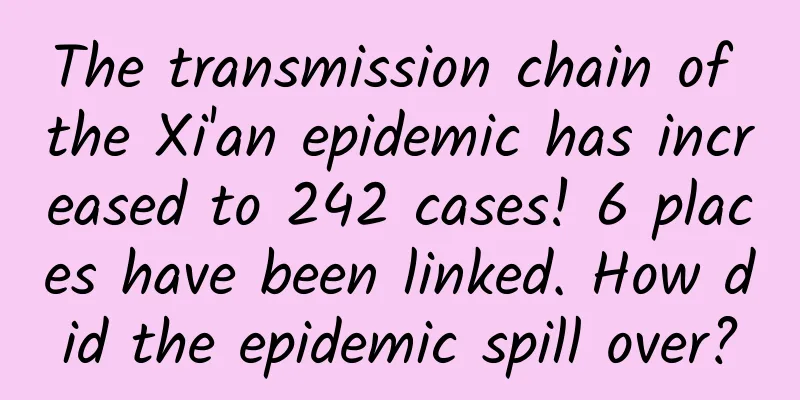The efficacy and function of purple nanmu leaves

|
Purple nanmu leaves are often used as medicinal materials in traditional Chinese medicine. This is also because of the medicinal value of purple nanmu leaves themselves, so today I will tell you about the relevant knowledge about purple nanmu leaves. [Source] Medicinal material source: The leaves of the plant Phoebe macranthoides of the Lauraceae family. [Original form] Purple Machilus nanmu is a large shrub to tree, 5-15m high. Branchlets, petioles and inflorescences are densely covered with yellow-brown or gray-black soft hairs or pubescence. Simple leaves are alternate and leathery; petiole is 1-2.5cm long; leaf blade is obovate, elliptic-obovate or broadly oblanceolate, 8-27cm long, 3.5-9cm wide, with acuminate or caudal tip, gradually narrowed base, glabrous above or hairy along veins, densely covered with yellow-brown long soft hairs below. Panicles grow in leaf axils of young branches; flowers are bisexual; petals are 6, nearly equal in size, ovate, about 3mm long, and hairy on both sides; 9 fertile stamens, 3 whorls, each whorl of filaments is hairy, anthers are 4-chambered, and filaments of reduced stamens are all hairy; ovary is spherical, glabrous, style is usually straight, stigma is not obvious or disc-shaped. The fruit is ovate, about 1cm long and 5-6mm in diameter; the fruit pedicel is slightly thickened and hairy; the persistent tepals are ovate, hairy on both sides, and loose. The flowering period is April-May, and the fruit ripening period is September-October. [Habitat distribution] Ecological environment: Growing in mountain broad-leaved forests below 1000m above sea level. 【Cultivation】 1. Biological characteristics: shade-tolerant tree species. It likes warm and humid climate and grows in the shady and moist environment of forests on valley slopes. It grows robustly in slightly acidic soil that is deep, well-drained and rich in humus, and can also adapt to neutral soil. It has strong cold resistance, but is susceptible to sunburn and frostbite in the seedling stage. [Chemical composition] The branches and leaves of Phoebe macrantho contain volatile oils. The seeds contain 0.6% oil, 0.2% lauric acid, 0.2% myristic acid, 13.8% palmitic acid, 0.8% hexadecenoic acid, 0.4% stearic acid, 32.9% oleic acid, 49.8% linoleic acid, 1.8% linolenic acid, and trace amounts of capric acid. 【Nature and flavor】 Spicy; slightly warm 【Functions and indications】 Soothes qi; warms the stomach; removes dampness; disperses blood stasis. It is used to treat abdominal distension and pain caused by qi stagnation; beriberi and edema; cramps [Usage and Dosage] For oral use: decoction, 15-30g. For external use: take appropriate amount and decoct in water for fumigation and washing. 【Note】 Pregnant women should take with caution. 【Excerpt】 Chinese Materia Medica After the above introduction to purple nanmu leaves, we have a detailed understanding of purple nanmu leaves. In life, we can learn more about the characteristics of purple nanmu leaves and make full use of its medicinal value to serve our lives. |
<<: The efficacy and function of Wisteria
>>: The efficacy and function of Akebia trifoliata
Recommend
Technology Morning News | Man-made spacecraft touches the sun for the first time
News Station Photo by Xinhua News Agency reporter...
Temperatures in many parts of the south continue to "dive", and most areas in the north remain "chilly". Please note that large-scale rain and snow are coming!
Central Meteorological Observatory forecast: From...
Is lotus root starch a healthy food? How did lotus root starch become a bowl of paste?
Lotus root powder is crystal clear, delicate, fra...
The longest train in China runs every 12 minutes on average.
Have you seen the longest train in China? Count t...
What are the medicinal values of tangerine peel?
Many people may find tangerine peel unfamiliar, b...
The efficacy and function of teff
The Chinese medicinal herb, Echeveria longituba, ...
Will using the air conditioner too much cause "facial nerve paralysis"? Learn about this disease in one article!
In the hot summer, if you try to cool down after ...
What is the secret to making the space station “sit like a clock and move like the wind”?
On July 24, the Wentian Experimental Module was s...
What is Liuhan Chinese medicine?
There are hundreds of types of Chinese medicine, ...
How to eat Polygonum multiflorum to improve gray hair
The pace of life is constantly accelerating. Many...
Back pain and fractures, are they caused by "crab disease"? This blood indicator is a "super detective" that can find the culprit!
Multiple myeloma, commonly known as "crab di...
Black fungus powder
With the rapid increase in national income, peopl...
New material inspired by mussels could prevent secondary damage to wounds
Author Li Chuanfu Wound healing is a complex proc...
Can human tissues or organs completely regenerate, thus achieving immortality?
Produced by: Science Popularization China Author:...
Confirmed! 350 million years ago, the majestic Qinling Mountains were a vast ocean!
Fossils found in northwestern Hubei prove that Qi...









